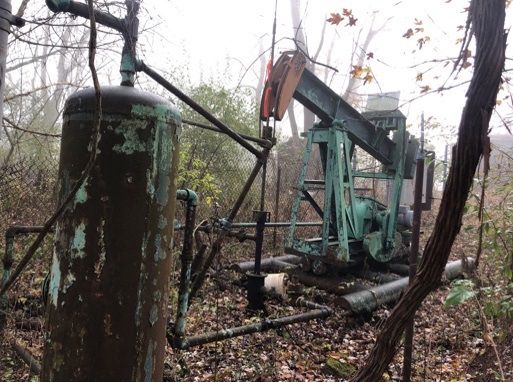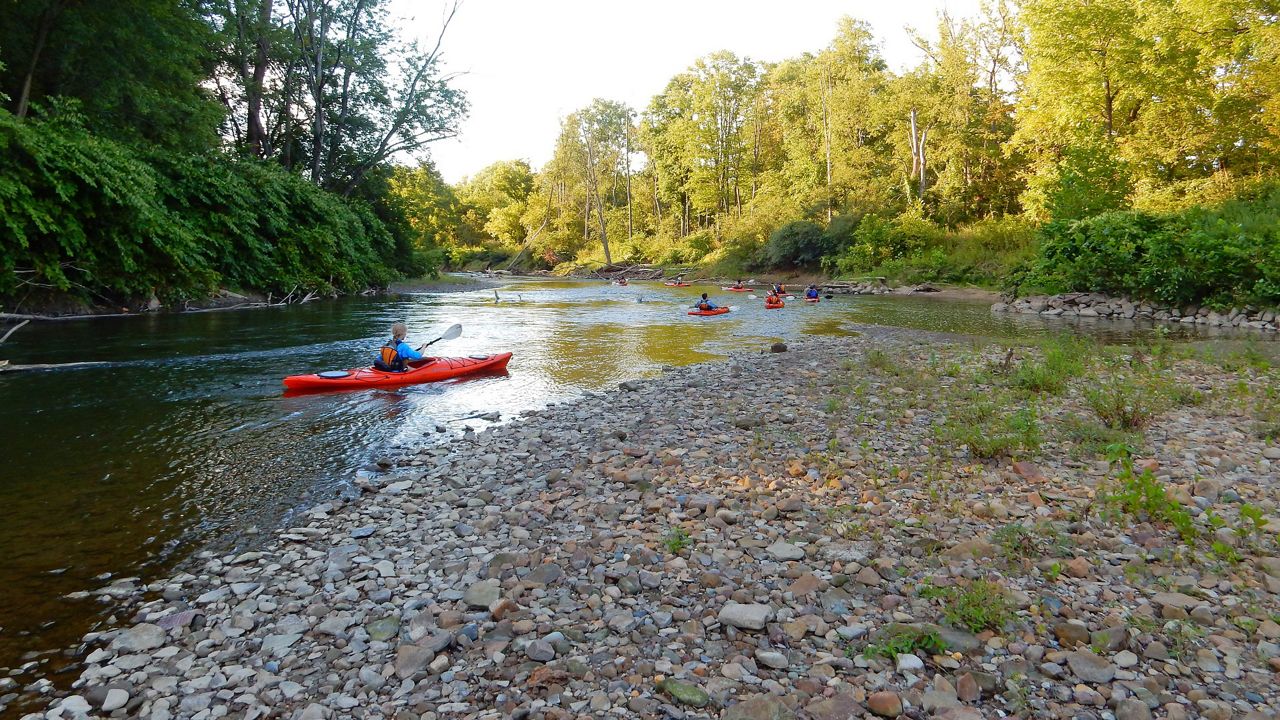PENINSULA, Ohio — The Cuyahoga Valley National Park has been awarded $1 million to remediate three “orphan wells” within the park’s borders.
The U.S. National Park Service was awarded $9.8 million through the Bipartisan Infrastructure Law to remediate and reclaim 277 high-priority abandoned oil and gas well sites in seven national parks.
Securing funding to close the wells is competitive. Sixty-five Ohio counties are home to abandoned wells that pose a threat to human health, the climate, wildlife and natural resources, said Veronica Dickerson, CVNP environmental protection specialist, who has been working to identify wells in the park.
Orphan wells are generally unclaimed by any company or agency, which forces the federal government to step in and pay for remediation, she said.
Lacking maintenance and oversight, the wells are in varying states of deterioration, with many releasing contaminants into soil, groundwater and air, Dickerson said.
The CVNP has 88 wells, with some still active, she said. For operational wells, the park and well owners have a reciprocal relationship to ensure the wells are operating efficiently.
The park has already closed 55 abandoned wells, and intends to eventually close them all, she said.
Dickerson said she is fortunate to be part of the trend toward environmental renewal, helping reclaim the land for future generations.
“It'll all be back the way it's supposed to be,” she said. “There will be no evidence there were oil and gas wells ever in this national park.”
Remediating the wells dovetails with the CVNP’s history of redemption and renewal, said Pamela Barnes, the park’s community engagement manager.

Unlike most parks in the National Parks Service, the CVNP is urban, situated between Akron and Cleveland, and has required remediation at other sites within its borders, Barnes said. The park has also worked to help bring health back to the Cuyahoga River.
But identifying abandoned wells and pinpointing their true condition can be an arduous and time-consuming process, Dickerson said.
That’s because many sites have underground tanks and components, and some wells were closed improperly, she said.
Working with a petroleum engineer and the Ohio Department of Natural Resources, Dickerson has been walking the sites at CVNP, taking readings and samples, and examining wells to understand their condition, she said.
Many of the wells were drilled before environmental regulations were in place, she said. But if a site has an identified owner, that entity is responsible for the cleanup.
“We had an idea of who the ‘dirty players’ were, so to speak, and we kind of targeted those first,” she said.
Abandoned sites can sometimes be identified by the array of old equipment left behind—pump jacks, generators, meters, and oil and brine tanks, she said.
With the current funding, the CVNP plans to close three wells, likely drilled between 1950 and 1960, she said.
The wells are high priority, and one has tanks actively leaking methane.
“We have a lot of concerns with anything that's actively leaking,” she said.
The site also houses a large brine tank so old the top is rusting through, she said, which can be a big problem in a national park.
“There's always that concern that you'll get that curious person clambering up there, and there's a risk of them breaching the tank and falling in it,” Dickerson said.
Remediation is planned to begin as soon as the money is disbursed and a reclamation contractor chosen, she said. The goal is to have much of the work done by the end of the year.



